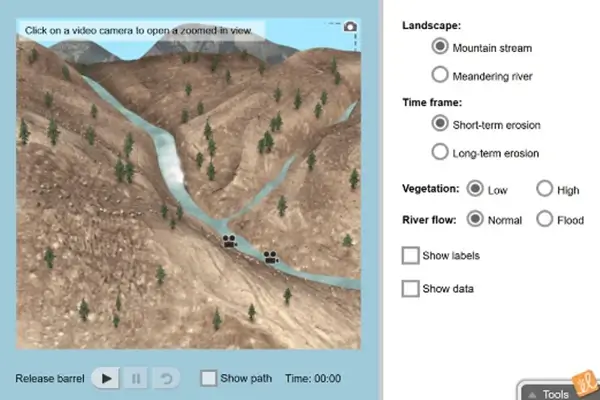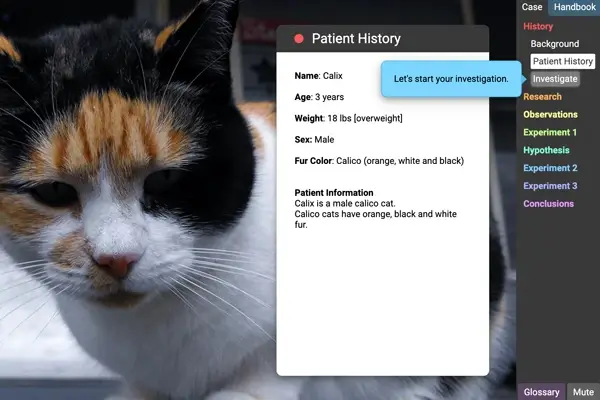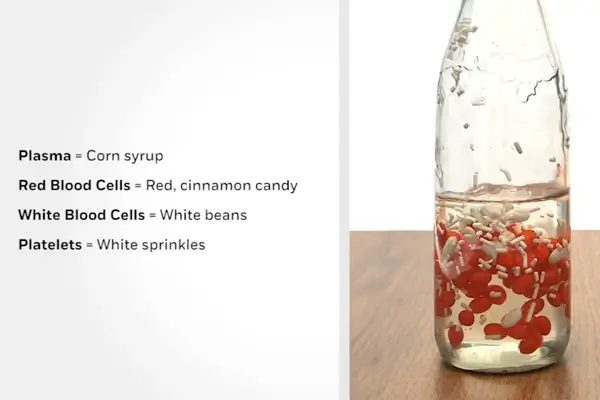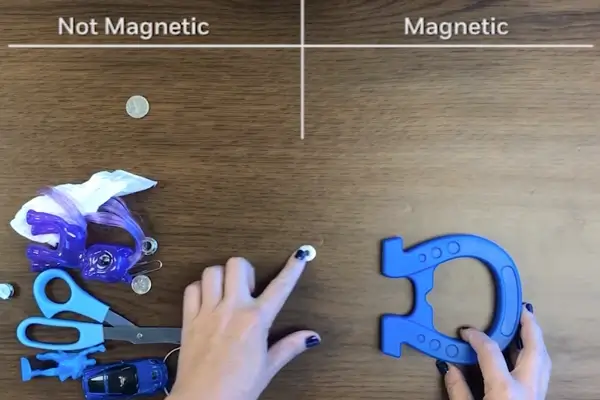Understanding Interactive Science and Its Impact on Education

Benjamin Franklin said it best with the quote, " Tell me, and I forget. Teach me, and I remember. Involve me, and I learn." Teachers know that kids learn best when they are actively engaged. Learning science concepts is no different than learning any other subject. Involve students with interactive science, and the results follow.
What is interactive science?
What is the meaning of interactive science? It’s exactly what you think. Teaching science concepts through observation, exploration, and involvement in classroom activities sums up interactive science. With students engaged while learning science, problem-solving and critical thinking skills are naturally part of the package.
Interactive classroom activities bring scientific concepts to life. Students explore science through authentic experiences. Interactive science allows students to act as scientists with investigations that don’t simply show them the answers. They help students discover them through active participation.
Why interactive science is vital for student engagement
There’s a lot of buzz about STEM education, which combines curiosity with innovation and collaboration. Children involved in science, technology, engineering, and mathematics (STEM) build student confidence and foster interest in STEM learning and even future career paths. Interactive science activities are centered on critical thinking and problem-solving skills that motivate kids to learn more about STEM.
When students are tasked with solving real-world issues, science comes to life for them. “Involve me, and I learn,” remember? Interaction is the key to student engagement.
Interactive classroom activities for science success
There are countless ways to bring interactive science to your students. Start with the 5E Model. The 5E Model asks students to engage, explore, explain, elaborate, and evaluate as they investigate the foundations and principles of science, which seamlessly integrates interactive science. The 5E Model is an effective instructional model for the youngest students to high schoolers.
When students are engaged, they are ready and excited to expand their thinking. They begin to apply knowledge and skills learned through interactive classroom activities. Along with science learning, interactive design fosters active participation, communication, and social skills.
What are some interactive activities for science concepts?
- Interactive science notebooks
- Hands-on experiments
- Science games for kids
- Artistic representations of science concepts
- Interactive museums
- Virtual field trips, such as a visit to a recycling center and landfill
- Science websites for kids
- Role-playing games
Incorporating technology for interactive science learning
Technology is an easy way to incorporate interactive science activities into the curriculum. Edtech resources, like ExploreLearning Gizmos and Science4Us, deliver interactive science lessons to any science program for whole group, small group, or 1:1 lessons. For kindergarteners to students in AP science classes, ExploreLearning has a way of delivering interactive science lessons with research to support the powerful impact.
For grade 3-12 classrooms, Gizmos help students make connections and draw conclusions through interactive science for “what-if” experimentation and discovery. Every Gizmo has extensive teaching resources that help make planning and teaching easy. Because Gizmos are flexible and customizable, all learners feel supported and successful.
Our professional development is more than just product training. It’s about the incredible things teachers can accomplish in the classroom daily to make students feel like scientists.
Discover what your students can do with Gizmos simulations and STEM Cases.

Senses- Explore how stimuli are detected by specialized cells, transmitted through nerves, and processed in the brain.

River Erosion- Investigate how river erosion affects landscapes in the short term and over long periods of time.

Meowsis STEM Case- As a geneticist in an animal hospital, students learn about genetic changes in meiosis to determine why a male cat can have calico fur coloring.
What about the youngest science students? Science4Us isn’t just a science website for kids. For kindergarten through second grade, Science4Us has thousands of online and offline activities students can complete in as little as ten minutes. The interactive science lessons use videos, interactive science games, poems, songs, and digital notebooks while incorporating literacy skills.
Science4Us provides professional development and comprehensive lesson plans. Take a look at a few of the interactive science lessons.

Blood Cells- Students will learn what makes up their blood by creating a model of the components that make up blood.

Magnets Make It Move- Students will learn key concepts of magnets by examining motion and formulating ideas and questions.

Exploring Surface Tension- Surface tension and density are introduced through a colorful presentation.
Gizmos and Science4Us bring these effective interactive science activities to the classroom. What are you waiting for? Start your trial today!
Sign up to get the latest updates from ExploreLearning via occasional email.
